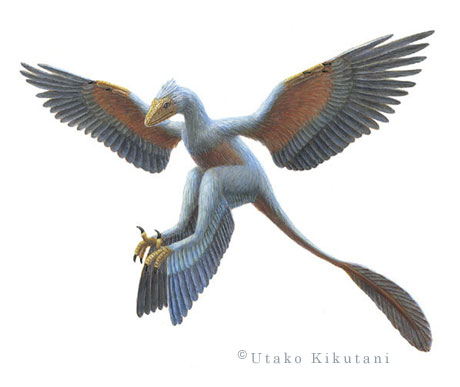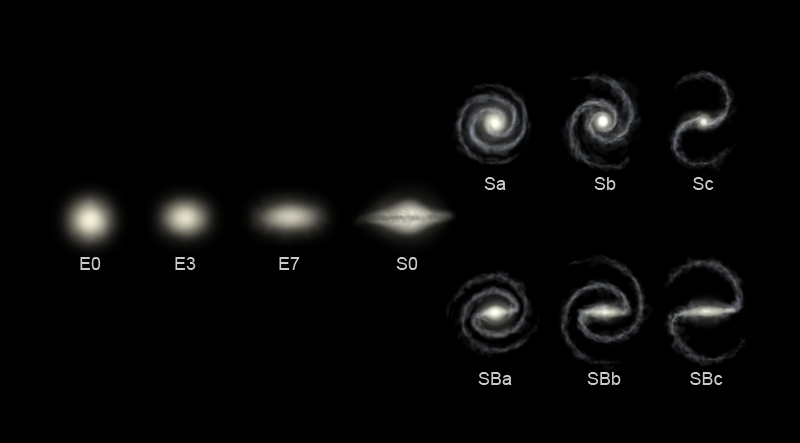In many languages, the word ‘right’ is often associated with positive and correct things, while ‘left’ can often mean inadequacy or wrongness. But do those associations hold true for both right and left-handed people? Daniel Casasanto of the Max Planck Institute for Psycholinguistics has conducted a series of experiments to test those perceptions.
In one experiment, volunteers were given a cartoon of a character standing between two empty boxes. They were told that this person goes to the zoo, and that he loves zebras and thinks they’re good, but hates pandas and thinks they’re bad (the order of the animals and their natures were switched around randomly). The volunteers were then asked, if the character wishes to place one animal in the good box, and the other in the bad box, where should he put them?
Right-handed people placed the animal described as ‘good’ on the right side of the page, but left-handed people placed it on the left. If these experiments were conducted on right-handers who had had their right hands restrained for a period of time, making them effectively left-handed, their tendency to assign the good animal to the left box increased five times.
In other experiments, subjects were asked to rate pairs of objects or people for traits like attractiveness, intelligence, honesty, or to decide which item they would buy or hire. Universally, right-handed people preferred the object on the right, whereas left-handed people gave higher marks to the object on the left.
Only 14% of the test subjects noticed any correlation between their choice and their handedness. These data show that our sensory-motor experiences can strongly but subconsciously influence our perceptions of the world.















